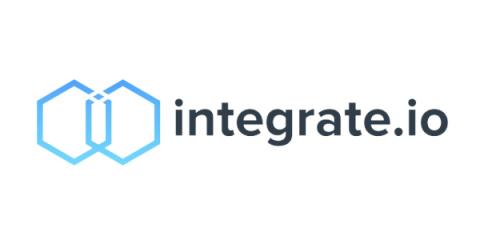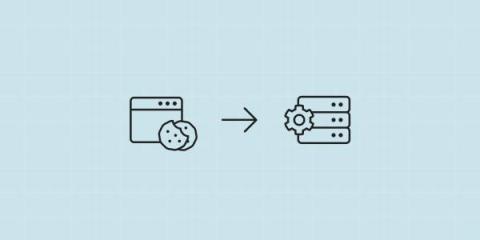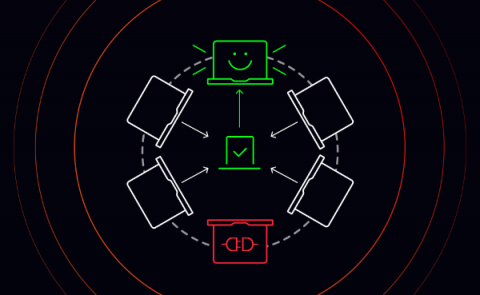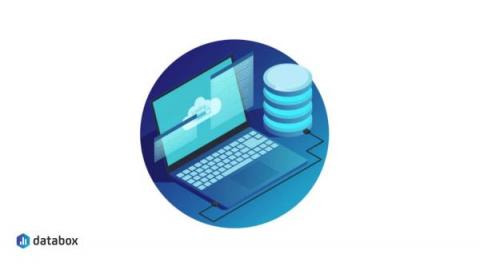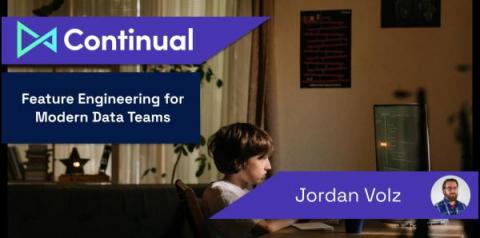Systems | Development | Analytics | API | Testing
Latest Posts
Cookies are out, conversions APIs are in
How to improve ROI on social media ads as regulations and technology change.
AI and Machine Learning: how are they changing the mobile testing landscape?
By incorporating AI and machine learning into mobile testing tools, teams can become more efficient in test automation. In this article, we'll look at how the adoption of AI and machine learning will improve these tools and what the future of testing might look like.
Leader election in the browser with Ably
There is an entire category of problems in distributed computing that require a single client amongst a set of peers in a network to coordinate the behavior of all the other clients. It is common in systems responsible for processing queues of work that connect to downstream systems that don’t support concurrent connections. Or in systems where work is parallelized in a specific way.
Deploying Kong Mesh in Multiple Security Domains
It’s not uncommon for organizations to have to deploy solutions across (or among) multiple security domains. Here, we use the term “security domain” to refer to a segregated network environment, like a restricted internal network or a DMZ. This post will explore some design considerations when deploying Kong Mesh (and Kuma, the CNCF-hosted open source project upon which Kong Mesh is built) in environments with multiple security domains.
Data Warehouse Reporting: Definition, Tips, Best Practices, and Reporting Tools
Forrester study reveals how much you really win by using ThoughtSpot
Tell us if this analytics scenario sounds familiar: your organization employs an analyst team that uses old technology, desktop data visualization tools, or homegrown reporting systems to manually build out static dashboards and multiple weekly or monthly reports. As a result, the data analysts have to manually generate and update business reports regularly, and teams cannot keep up. In turn, the rest of the organization is unable to make timely business decisions.
I Process Mined My Own Team and Here's What I Learned
Insight is a funny thing - everyone wants more of it, but sometimes, when we get it, we realize what we truly don’t understand. I got a major dose of insight recently when I used Appian Process Mining to take a look at how we could optimize some of our workflows, specifically content creation. At Appian, we have an AMAZING Creative team - and I’m not just saying that because we work together. I’m saying that because if they didn’t work here, I would hire them, without question.
Reliable data replication in the face of schema drift
Learn methods for ensuring that data replication remains robust even as schemas change.
Feature Engineering for Modern Data Teams
Feature engineering is a crucial part of any ML workflow. At Continual, we believe that it is actually the most impactful part of the ML process and the one that should have the most human intervention applied to it. However, in ML literature, the term is often overloaded among several different topics, and we wanted to provide a bit of guidance for users of Continual in navigating this concept.


